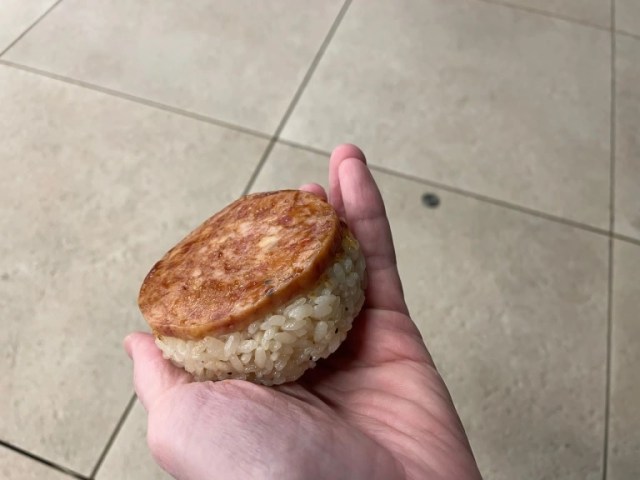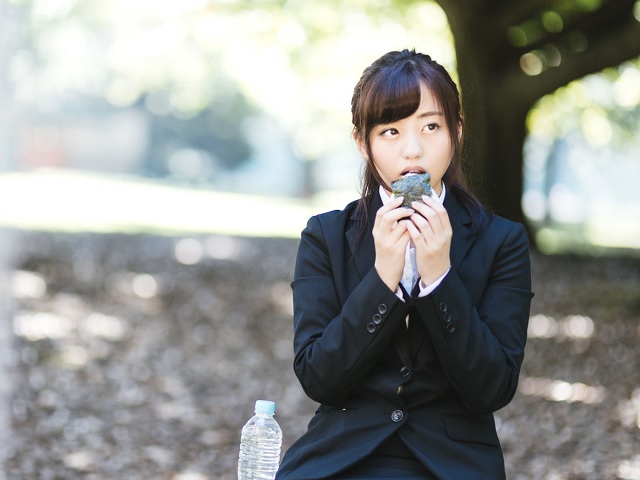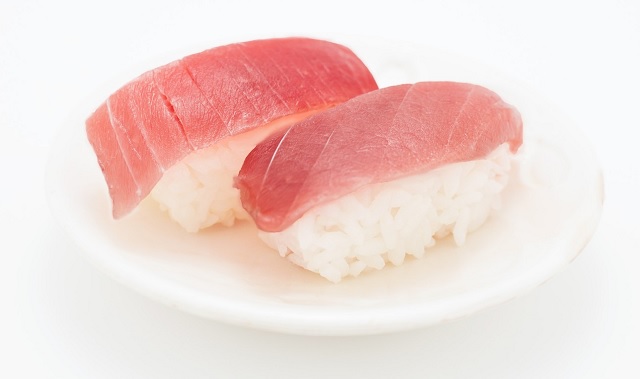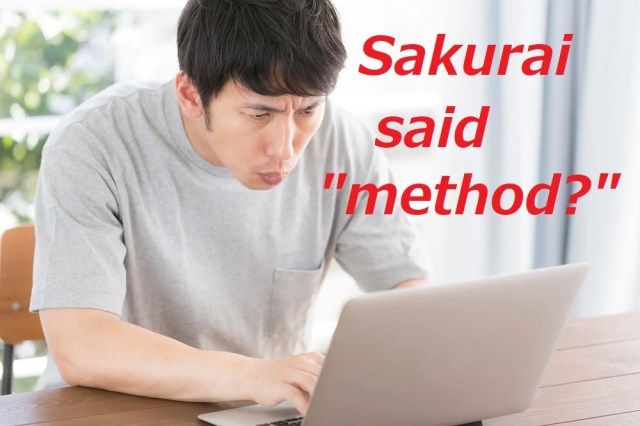Less than half of Japanese people OK with bare hand-pressed rice balls, survey says, but why?

We call them “rice balls” in English, but the real-meaning of “onigiri” is something a lot of Japanese people don’t find appetizing.
In English, we usually call the food known as onigiri in Japanese “rice balls.” But should you have the pleasure of becoming gastronomically acquainted with onigiri, you’ll quickly discover that most of them aren’t ball-shaped. For example, triangular onigiri, like these ones, are extremely common in stores.

Even when onigiri are rounded, they’re more like thick discs than truly spherical balls.

That’s because the word onigiri doesn’t actually mean “rice ball.” It comes from the word nigiru, meaning to squeeze or press, and refers to the traditional way you make onigiri, by pressing the grains of rice together with your hands, with whatever filling you’re using placed at the center or the topping put on top after the onigiri has been formed. Linguistically, onigiri can be whatever shape you want them to be.
But remember how we said pressing the rice by hand is the traditional way to make onigiri? That’s because in the modern era of mass-produced onigiri, they’re often made by machine, and as machine-made onigiri become more and more common, part of the Japanese population has gotten squeamish about eating the pressed-by-hand variety.
Japanese variety program Abema Prime recently conducted a survey asking “Can you eat onigiri that someone else made by hand?”, and of the 50,000 respondents, only 46 percent said they were comfortable consuming bare hand-pressed onigiri.
An additional 42 percent said they were OK eating hand-pressed onigiri on the condition that a layer of plastic wrap had been placed between the rice and the maker’s hands. 10 percent, though said that even that isn’t good enough, and that they’re unwilling to eat hand-pressed onigiri entirely.
▼ The final two percent responded with “other,” but it’s unclear exactly what that means.

So why the strongly negative reaction to bare hand-made onigiri? A few theories spring quickly to mind. Probably the biggest hurdle is that onigiri is pressed after all the ingredients have been cooked. It’s one thing if a chef picks up a piece of meat with an ungloved hand and tosses it into a frying pan before it’s cooked and plated with a spatula. There’s no more heat being applied to that onigiri after it’s formed, though, so effectively someone is grabbing and squeezing your food, then giving it to you to pop into your mouth.
The increasing availability of onigiri at convenience stores is probably another contributing factor. Convenience store onigiri have become the majority of the onigiri many people eat, and since they’re machine-pressed, the concept of eating hand-pressed onigiri, let alone bare hand-pressed onigiri, is becoming increasingly removed from many people’s daily lives.
Along with machine-pressed chain store-bought onigiri becoming so prevalent, another factor to consider is that onigiri aren’t particularly common on restaurant menus. That leaves small, independent takeout shops and home kitchens as the two places you’re most likely to encounter pressed-by-hand onigiri, and in the case of home kitchens, you get into the question of how clean other people keep their homes and non-professional food handler hands, and the answer might not be as clean as you’d like.

Interestingly, pressed-by-hand nigiri sushi (which comes from the same nigiru as onigiri), the most common kind of sushi in which the fish or other topping is placed on a block of rice, doesn’t seem to trigger the same sort of negative reaction. Just like with onigiri, the rice in mass-produced nigiri sushi, such as at inexpensive revolving sushi restaurants or shops, is machine pressed, but at more expensive restaurants the rice is pressed by hand, with plastic wrap or gloves rarely used. Maybe the greater acceptance of bare hand-pressed nigiri sushi has something to do with the high-class image of sushi and sushi chefs.
In any case, though, it’s probably best to keep your reaction expectations modest if you offer someone an onigiri while telling them “I made it myself!”
Source: Sponichi Annex via Yahoo! Japan News via Otakomu
Top image: Pakutaso
Insert images: SoraNews24, Pakutaso (1, 2)
● Want to hear about SoraNews24’s latest articles as soon as they’re published? Follow us on Facebook and Twitter!
Credit:




0 comments: